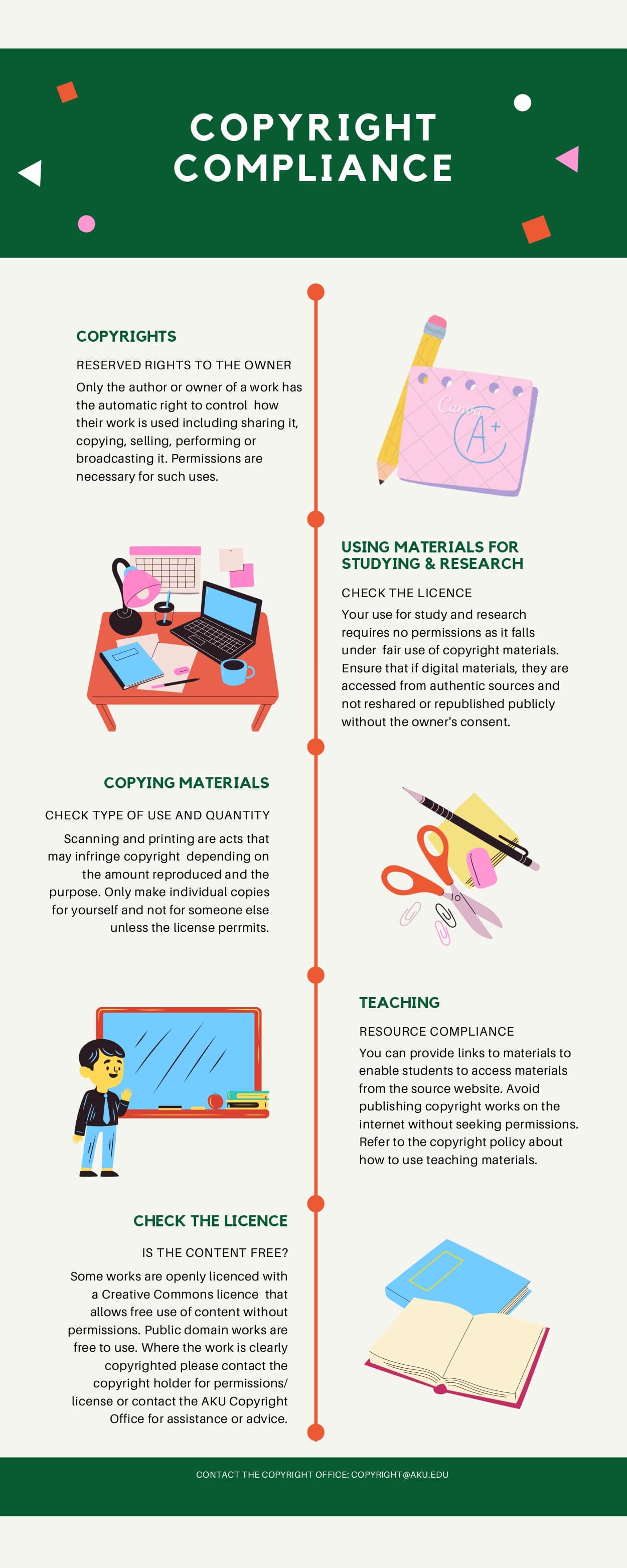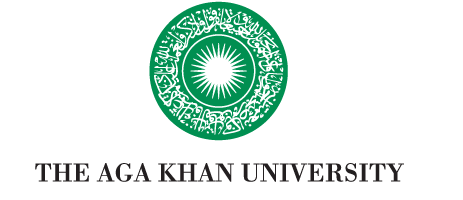What is Copyright?
| Copyright is an area of Intellectual property law which protects the various ways in which an individual expresses their original creativity. The idea is not enough, it needs further to be translated into a work which can be seen, touched or heard, by a process of recording in any medium. This can be done either by writing it (literary works), painting or carving it (artistic works), performing it (dramatic works), photographing it, building it (architectural works) recording the sound and video (music, films and audio visual works) or broadcasting it (on TV or radio). Once any such works are created, copyright automatically exists to protect that work. This means that no registration is necessary for protection. It is an exclusive right to the creator (s) or owner (s) and only they can control how that work is reproduced, distributed, performed or broadcast. That protection will last for the life of the creator, and a further up to 50 years upon their demise. The importance of copyright lies in its recognition of the creator and their economic right to benefit from the creation of works to the exclusion of everyone else. When individuals can safely control the distribution and reproductions of their works, it encourages others to also create works. The law protects others from wrongly benefiting from other people's works.
| 
|
Copyright infringement
The copyright owner controls how they want their work to be used, meaning that people have to ask for permissions before they use those works. Any use going against the wishes of the copyright holder is illegal. This violation is an infringement of copyright, of which various penalties exist including fines and imprisonment. However, some exceptions and limitations exist in copyright law to disqualify infringement.
Acceptable use (Exceptions and Limitations)
Some materials can freely be used without asking for any permissions from the owner. These include:
1. Public Domain works- works which are completely free to use by the public because the copyright has expired (the work is very old); or the copyright is invalid (e.g. facts); or the owner has revoked their copyright allowing others to use the work freely.
2. Creative Commons licensed works- the owner has allowed the works to be shared and used in various ways without the need to ask for permissions. The use must however correspond with the type of license given by the owner. More information available at www.creativecommons.org .
3. Fair dealing or Fair Use works - one is allowed to use a copyright protected work without permission from the owner only IF they use a limited portion of it, for a specific purpose and only for a limited time. To use this exception, the use must fall within any of these categories: the use is for private study/research, teaching, criticism, quotation, review/commentary, parody/ satire or news reporting.
Along with the need for the work to fall within any of these categories, four important factors must be met.
You should be able to positively answer whether:
- The purpose of the use is fair;
- What the nature of the work you want to use is;
- What amount of the original work you will be using; and
- Whether your use of the copyrighted work has an effect on the market of the original work.
Further guidance can be found in the Fair Use guidelines and associated materials available on the download section.
4. Licensed works- a license gives official permission to use a work for a certain duration so that, permissions are no longer necessary as long as the license is still valid.

